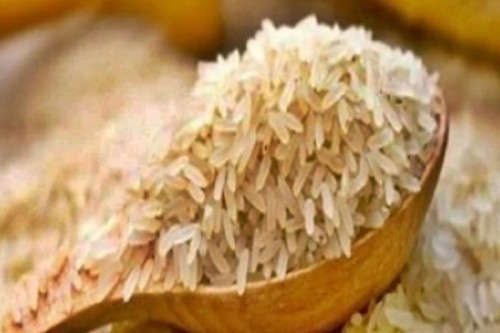Lower rice and pulses sowing has pushed prices higher

New Delhi, Aug 14 (IANS) Deficient rainfall, and consequently lower rice and pulses sowing, has pushed prices higher. Rice constitutes around 4.4 per cent and pulses has a weight of 6 per cent in the overall CPI basket, Motilal Oswal Financial Services said in a report.
Deficient monsoon in states (with 24 per cent share), such as Uttar Pradesh (14 per cent below normal), Karnataka (10 per cent below normal), Andhra Pradesh (9 per cent below normal), and Jharkhand (37 per cent below normal) coupled with large excess rainfall in the states (24 per cent share) of Gujarat (38 per cent above normal) and Rajasthan (39 per cent above normal) is affecting sowing of pulses. Lower irrigation cover in all the major states would affect pulses production more. Inflation in pulses has nearly doubled in the past five months, the report said.
Kharif sowing as of August 11 stands at 0.8 per cent higher than last year. The area under paddy cultivation is now 4.9 per cent higher than last year. However, the area under pulses is still 7.9 per cent lower than last year. Production of jute, cotton, and oilseeds is also lower. Coarse cereals (2.2 per cent YoY) and sugarcane (1.6 per cent YoY) continue to do well.
Above normal rainfall in Tamil Nadu and Telangana has led to an improvement in rice sowing.
However, deficient rainfall in major rice-producing states (with 56 per cent share in overall rice production) such as West Bengal (14 per cent below normal), Uttar Pradesh (14 per cent below normal), Andhra Pradesh (9 per cent below normal), Chhattisgarh (11 per cent below normal), Bihar (28 per cent below normal), Odisha (6 per cent below normal), and Assam (17 per cent below normal) is a cause of concern.
States with higher irrigation cover, such as Uttar Pradesh, Andhra Pradesh, and Telangana, are expected to encounter lesser impacts from the deficient monsoon.
Initially starting with a 5 per cent surplus due to a wet July, the monsoon took a downturn in August with an overall deficit of 2 per cent by August 12 (4 per cent above normal until August 5). The monsoon in August has so far been deficient, registering a 30 per cent shortfall compared to the long-term average. The Southern regions of India, in particular, have been particularly dry, the report said.
While the northwest (15 per cent above normal) and central India (2 per cent above normal) have received above normal rainfall, South Peninsula (8 per cent below normal) and eastern and northeastern regions have witnessed deficient rainfall (19 per cent below normal). Out of 36 meteorological subdivisions, 9 continue to record deficient rain (-59 per cent to -20 per cent); 22 normal (-19 per cent to 19 per cent); 3 excess (20 per cent to 59 per cent), and 2 large excess (60 per cent or more).
El Nino has strengthened from a "weak" to a "moderate state and the latest update from the US weather agencies said there was a 66 per cent chance of it developing into a strong event later this year.
As of August 10, water reservoir levels stood at 62 per cent of the live storage capacity compared with 56 per cent last week. Even though the reservoir levels are lower than last year, they are at par with the previous seven years’ levels, the report said.

|

|

